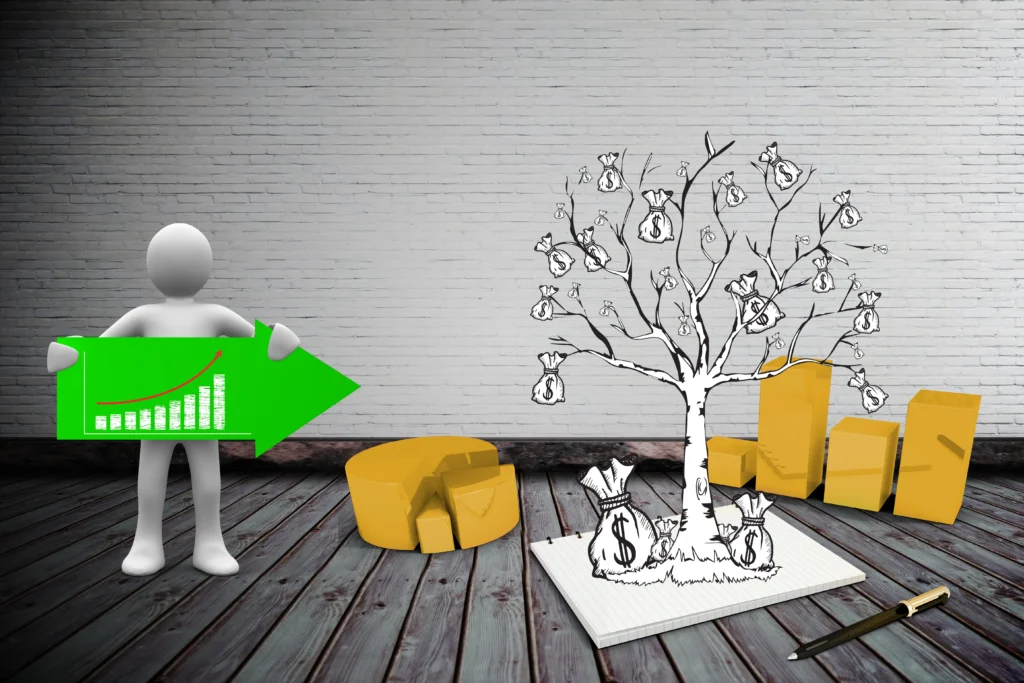Generational poverty doesn’t start with bad choices—it starts with limited access to opportunity, information, and resources. For many families, poverty is passed down like tradition, not by will, but by circumstance. But this cycle can be broken—with the right mindset, support systems, and actionable financial strategies.
Whether you’re starting from scratch or trying to create a better future for your children, here are 10 practical ways to break the cycle of poverty and build lasting economic empowerment.
What Is the Cycle of Poverty and Why Does It Persist?
The cycle of poverty refers to the pattern where poverty is inherited across generations. It often begins with low-income households lacking access to quality education, stable employment, and wealth-building tools. Over time, families become trapped in financial struggle due to systemic barriers and learned habits.
Why it persists:
- Lack of financial literacy
- Limited access to credit or capital
- Underemployment or wage stagnation
- High debt burdens
- Cultural normalization of financial struggle
Breaking generational cycles of financial struggle requires more than motivation—it requires access, education, and strategic change.
How Does Financial Literacy Help Low-Income Families Break the Cycle?
Financial literacy for low-income families is foundational for long-term change. When people understand how money works—how to budget, save, invest, and manage credit—they gain control over their future.
Financial skills that make the difference:
- Budgeting to track every dollar
- Understanding interest on savings vs. debt
- Using credit responsibly
- Building emergency savings
- Setting and achieving financial goals
Even families with small incomes can improve their financial situation through smarter decisions. Access to community workshops, online resources, and financial coaching programs can dramatically increase outcomes over time.
Why Is Mindset Shift the First Step to Escaping Poverty?
Without changing how you think about money, opportunity, and success, it’s easy to repeat old cycles—even when income increases.
Common mindset shifts:
- From scarcity to abundance: Believe that wealth and opportunity are available to you
- From survival to strategy: Plan for long-term results, not just today’s bills
- From fear to curiosity: Learn about investing, credit, and business without shame
- From dependency to ownership: Realize you are capable of change
A mindset shift to escape poverty involves unlearning beliefs like “people like me don’t get ahead” and replacing them with empowering thoughts and habits.
How Can You Build Wealth from Nothing?
Building wealth doesn’t always require a large inheritance or six-figure income. It starts with intentional habits, resourcefulness, and patience.
Realistic steps to build wealth from nothing:
- Track your spending daily
- Save a portion of every paycheck, even if it’s $5
- Avoid high-interest debt whenever possible
- Start investing early through tools like Acorns, Stash, or employer 401(k)s
- Own assets, like a home, business, or long-term savings
Many people start with nothing and build wealth slowly—but surely. Focus on progress, not perfection, and keep your eye on the long-term.
What Economic Empowerment Strategies Lead to Long-Term Change?
Economic empowerment strategies equip individuals with the tools and opportunities to control their financial destiny. These strategies create self-sufficiency rather than dependency.
Core empowerment strategies:
- Job training programs for higher income roles
- Entrepreneurship and microbusiness ownership
- Cooperative savings and lending circles
- Access to fair banking and lending
- Advocacy for policy change in underserved communities
Empowerment is not charity—it’s capacity-building. It transforms individuals into change agents for their own futures.
What Are the 10 Practical Ways to Break the Cycle of Poverty?
These 10 steps are designed to be realistic, achievable, and adaptable—even if you’re starting with limited resources.
1. Learn Basic Financial Literacy
Understand how money works, from budgeting to debt management.
2. Create and Stick to a Budget
Use zero-based budgeting, 50/30/20, or envelope systems to allocate every dollar.
3. Build a Starter Emergency Fund
Save $500 as a cushion to prevent borrowing for emergencies.
4. Pay Down High-Interest Debt
Start with credit cards and payday loans. Use the debt snowball or avalanche method.
5. Upskill Through Affordable Education
Attend free online courses, vocational training, or certification programs.
6. Start a Side Hustle
Monetize skills like tutoring, freelancing, cleaning, or delivery services.
7. Open a Savings or Retirement Account
Even $10/month invested consistently can grow over time.
8. Journal or Reflect on Money Mindset
Track your financial beliefs and replace self-limiting thoughts.
9. Use Support Systems and Community Resources
Seek out nonprofits, coaching, and government programs.
10. Teach the Next Generation Early
Pass on financial knowledge, not just money.
These generational poverty solutions help lay a stronger foundation for the next chapter.
How Can Families Teach Generational Wealth Skills to the Next Generation?
Breaking the cycle of poverty in families means teaching children how to think about money differently.
Ways to teach wealth-building habits:
- Use transparent conversations about money
- Give children allowances tied to work ethic
- Open savings accounts in their name
- Read financial books together
- Model smart decisions with money
Kids mimic what they see. Teaching them early about savings, credit, and income gives them a head start many adults never had.
What Community Resources Help Break Poverty Cycles?
You don’t have to do this alone. Across the country, organizations provide tools and services to help people rise.
Examples of helpful community resources:
- Housing assistance programs for renters and first-time buyers
- Workforce development programs at community colleges
- Financial coaching services through local nonprofits
- Microloan programs for entrepreneurs
- Childcare subsidies and food access programs
Support systems help stabilize your current situation while you build for the future. They are part of a larger economic empowerment strategy.
Final Thoughts
Breaking the cycle of poverty is not a quick fix—it’s a lifelong shift. But every step matters. Whether it’s learning how to budget, building an emergency fund, or changing how you think about money, progress compounds. It’s not just about escaping financial struggle, it’s about creating freedom and opportunity for generations to come.
Recap: 10 Ways to Break the Cycle of Poverty
- Financial literacy
- Budgeting
- Emergency fund
- Debt reduction
- Skill-building
- Side income
- Saving and investing
- Mindset transformation
- Community resources
- Generational education
With these tools, you’re not just surviving—you’re building. You’re changing your story, and that of every generation that follows.






